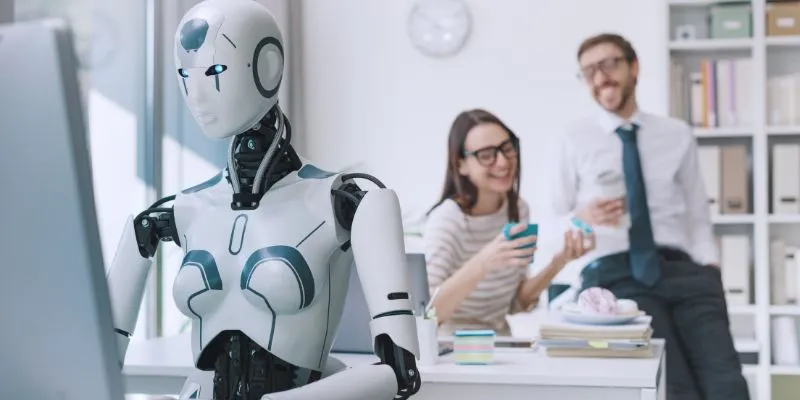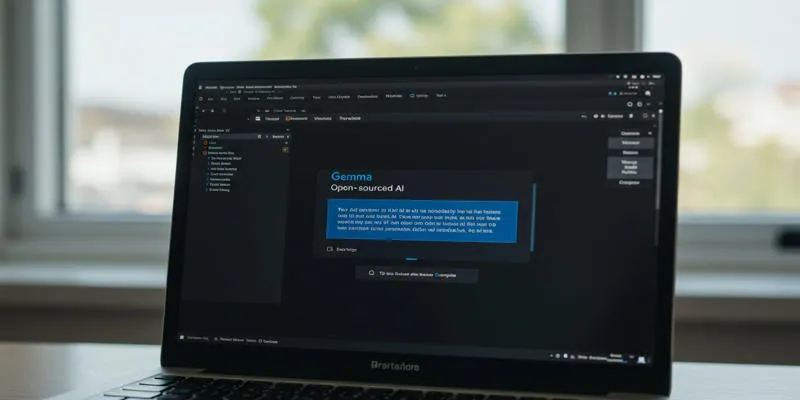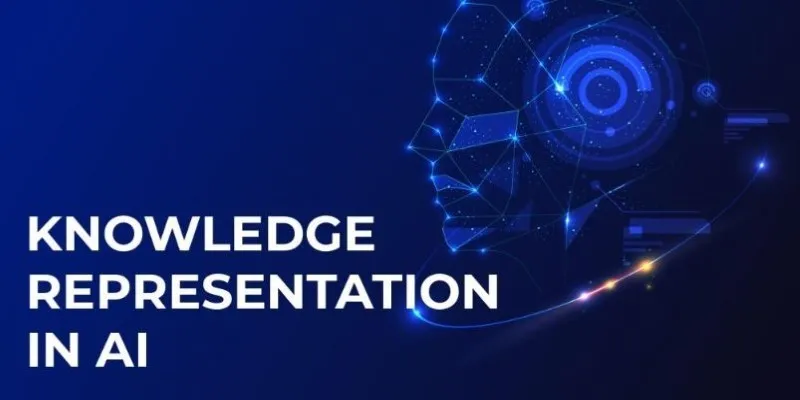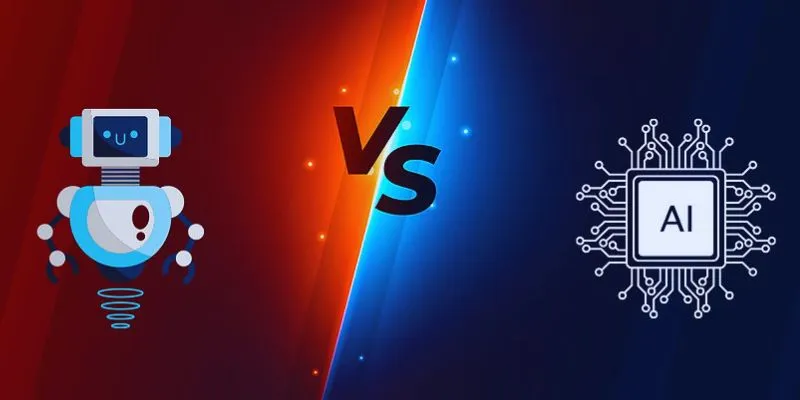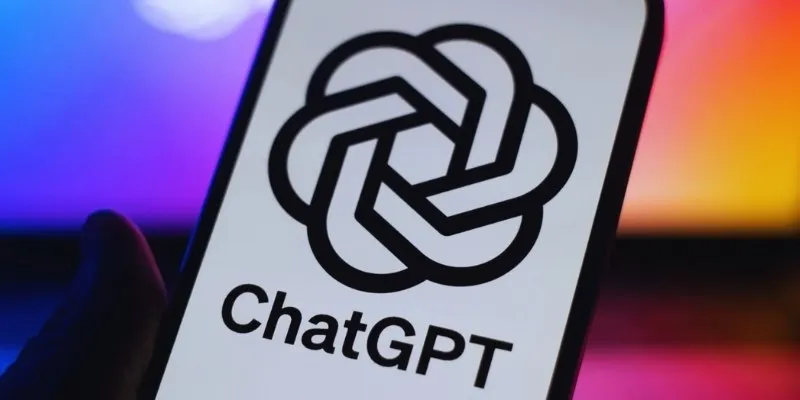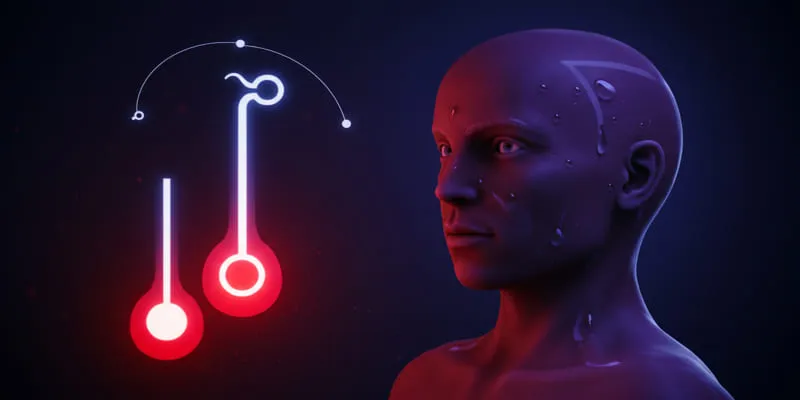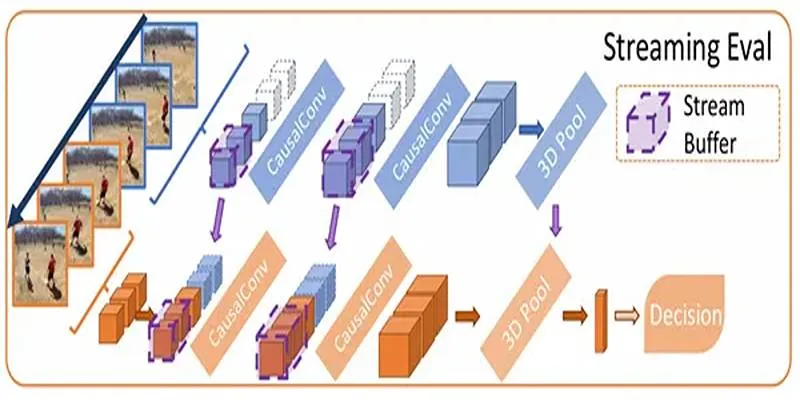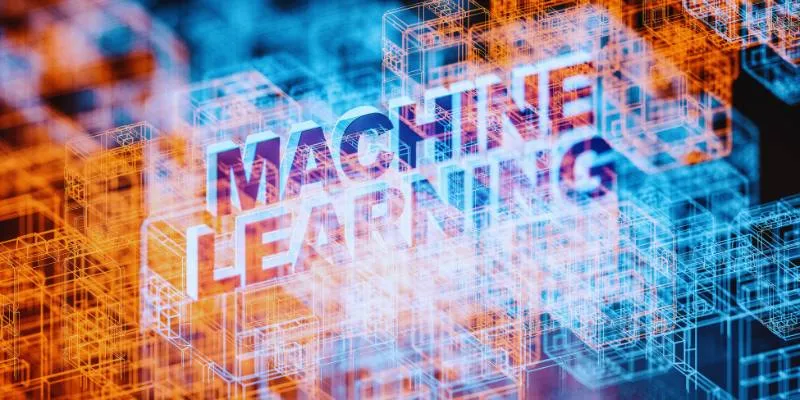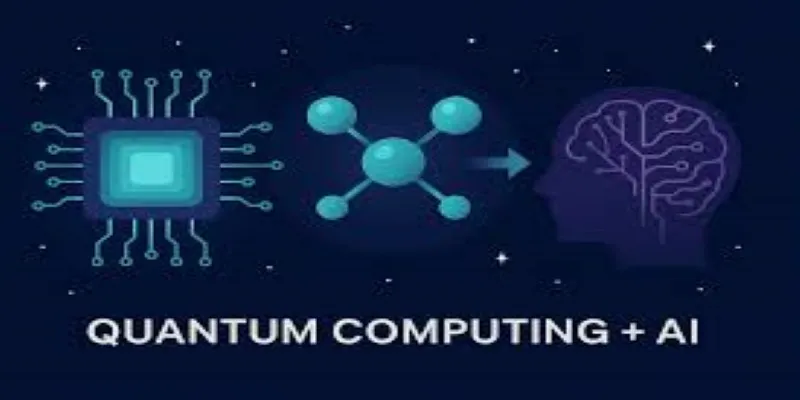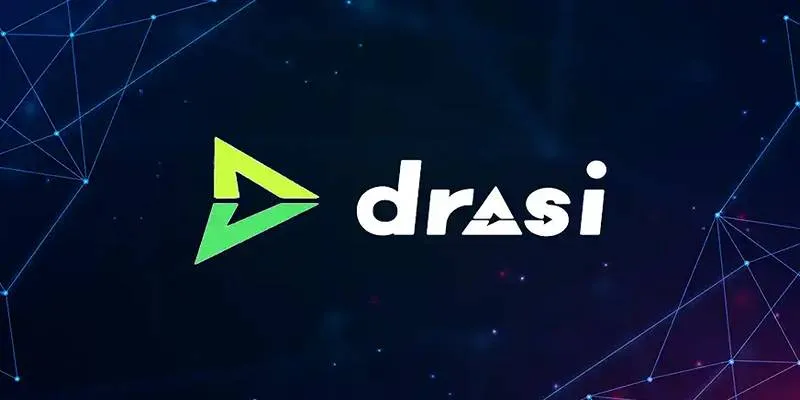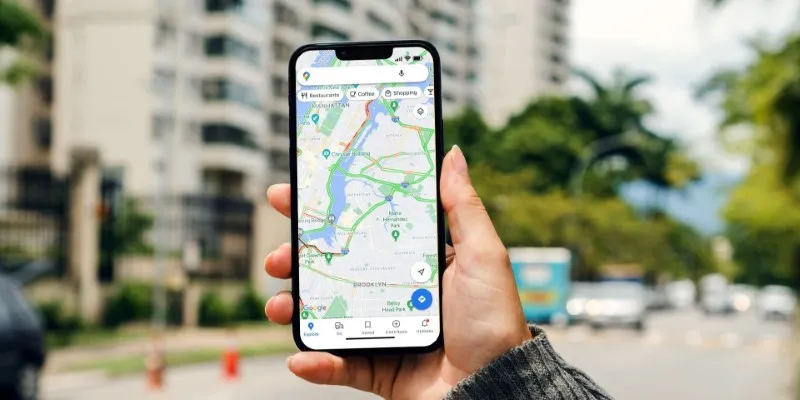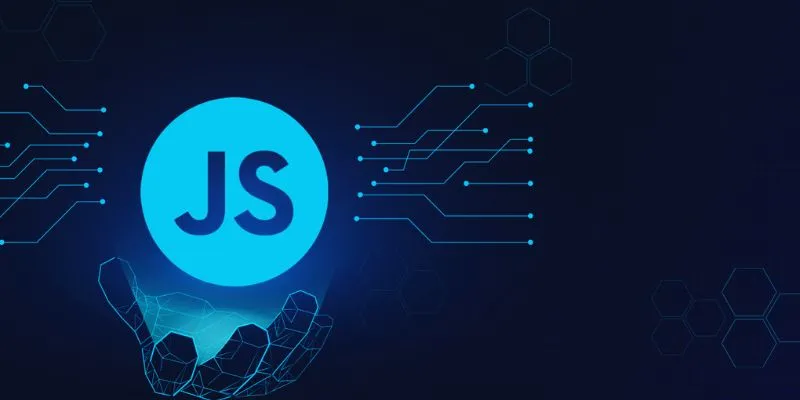The internet has seen a recent explosion of AI-generated artwork that mimics the soft, magical charm of Studio Ghibli films. From glowing towns nestled in hills to wide-eyed characters wandering through enchanted forests, these visuals seem like they belong in My Neighbor Totoro or Princess Mononoke. Powered by tools like Midjourney and DALL·E, these images are created by entering short text prompts, often including phrases like “Ghibli style” or “Ghibli-inspired background.”
While the trend has gained millions of views and likes across social media, it’s sparked a growing debate among artists, fans, and creators. Some view this Ghibli-themed AI artwork as a loving tribute. Others argue it’s nothing short of theft—borrowing a deeply unique and personal style developed by human hands, now recreated at the click of a button. The question remains: is this viral art wave a tribute to Studio Ghibli’s legacy or an unethical form of imitation?
The Magic Behind Studio Ghibli’s Style
Studio Ghibli, founded by legendary director Hayao Miyazaki, has earned worldwide recognition for its hand-drawn animation, emotional storytelling, and distinctive visual charm. What sets the studio apart is not just its technical skill but the emotional depth and intention behind every frame.
Some defining features of Ghibli’s artistic style include:
- Soft, natural colors and painterly textures
- Peaceful, lived-in landscapes that feel real yet magical
- Deep emotional expressions in characters
- A sense of calm, stillness, and wonder
It isn’t just a visual template—it’s an artistic soul carefully crafted by real people who put years into mastering their storytelling and drawing.
The Rise of Ghibli-Inspired AI Art
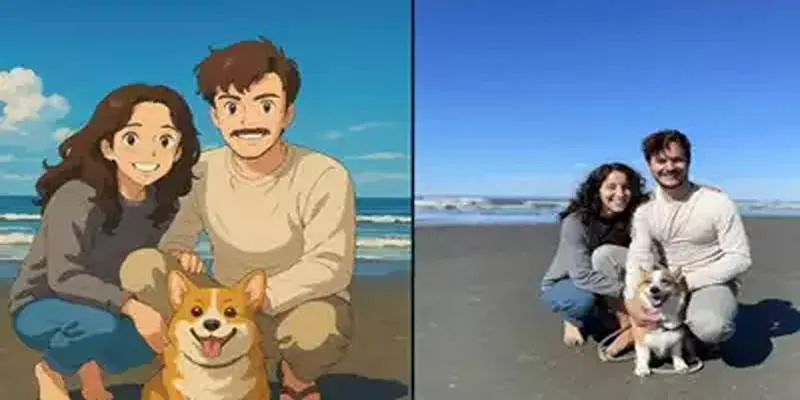
AI image generators are trained by analyzing vast amounts of visual data—photos, paintings, movie stills, illustrations, and more. When a user enters a phrase like “a girl in a meadow in Ghibli style,” the AI tries to mimic the look based on what it has learned.
Because of Ghibli’s signature visual charm, users often include “Ghibli” in their prompts, hoping to achieve that magical feel. The result? Floods of AI- made images that look like alternate scenes from Spirited Away or Howl’s Moving Castle , but with no real human artist behind them. This ease of access and visual appeal is why Ghibli-style AI art has become so popular. However, this popularity also raises ethical concerns.
Is It a Tribute? The Supporters’ Perspective
To those who enjoy or create Ghibli-style AI art, the trend is mostly seen as a form of admiration. Fans say it’s a digital tribute—something born out of respect and love for the studio’s work. These AI images are often shared freely, not sold, and intended to celebrate the aesthetic of Studio Ghibli.
Supporters of this AI trend argue:
- It helps more people appreciate Ghibli’s visual storytelling
- It encourages creativity among those without traditional art skills
- It brings new life to old animation by reimagining it in modern ways
- It doesn’t harm the original works but celebrates them
In their view, using AI to generate Ghibli-style scenes is like writing fan fiction—it’s not meant to compete but to honor the source material.
Or Is It Theft? The Critics’ View
On the other side of the discussion, many artists and fans argue that using AI to recreate Studio Ghibli’s visual identity without consent or credit crosses the line. AI art, especially when trained on copyrighted works, raises serious ethical concerns.
Critics emphasize the following points:
- AI tools are often trained on copyrighted material, including Ghibli frames
- Artists have not permitted their work to be used in training data
- AI mimics a unique style developed through years of human effort
- It risks devaluing the work of real artists who create original art in similar styles
For them, it’s not about admiration—it’s about copying without asking. When art made by a studio like Ghibli is turned into AI prompts and mass-produced images, it can feel like the legacy is being used, not honored.
Human Art vs AI Art: A Clear Difference
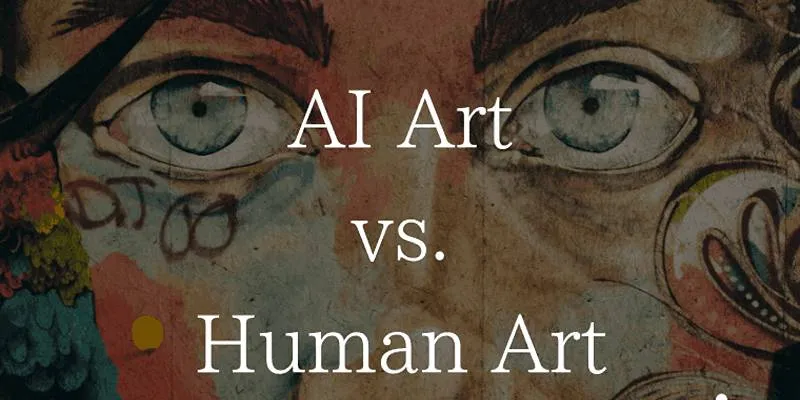
To fully understand the debate, it’s helpful to compare what separates human-created art from AI-generated art.
Human Art:
- Created with time, effort, and skill
- Carries emotional intent and personal story
- Reflects a lifetime of learning and growth
- Offers new, original perspectives
- Requires consent and respect in collaborations
AI Art:
- Generated within seconds using prompts
- Trained on massive datasets, often without permission
- Mimics styles based on patterns, not creativity
- Lacks emotional depth or storytelling
- Blurs lines between originality and imitation
Though AI art may look impressive, it does not carry the same depth or story as art made by human hands. It replicates but doesn’t originate. It is a core reason many believe the use of Ghibli’s style by AI is not just a nod to the studio—it’s a shortcut that skips the hard work.
Supporting Artists While Using AI
For those who enjoy Ghibli-style art but also want to act ethically, there are better ways to support original creativity without harming artists.
Some respectful actions include:
- Supporting independent artists who draw in Ghibli-inspired styles
- Purchasing official Studio Ghibli merchandise and art books
- Avoiding sharing or selling AI-generated work based on Ghibli prompts
- Giving credit to original creators when posting artwork
- Learning to use AI tools to develop unique styles rather than copy others
Creativity can still thrive in the age of AI, but it requires awareness, intention, and fairness.
Conclusion
The Ghibli-inspired AI art trend highlights both the power and risk of modern technology. It shows how deeply Studio Ghibli’s art has touched the world—but also how quickly that legacy can be borrowed without consent. While many people behind these AI creations may have good intentions, good intentions alone don’t make a practice ethical. The difference between a tribute and theft is not always visual—it lies in the process, permission, and purpose behind the creation. Real art comes from more than just style; it comes from soul.
 zfn9
zfn9

